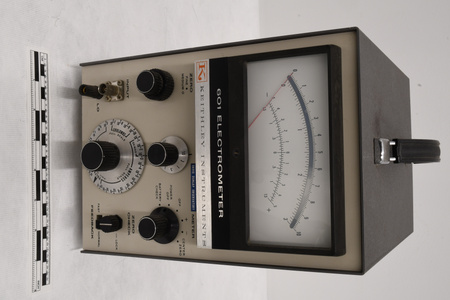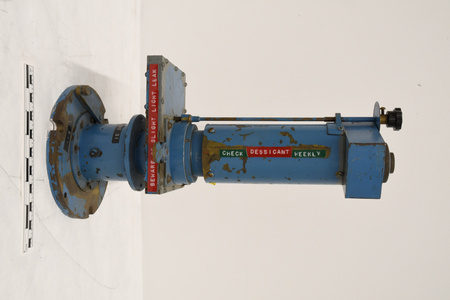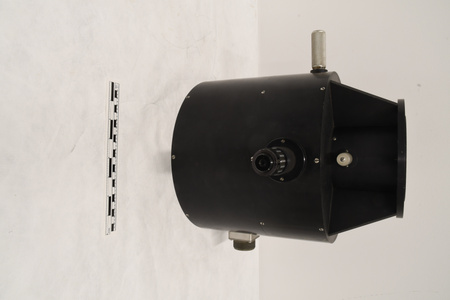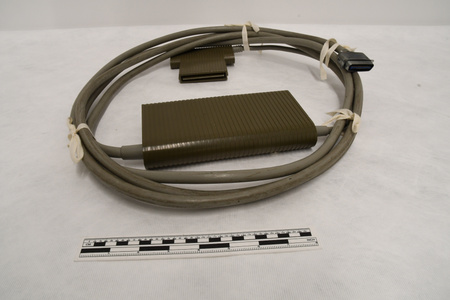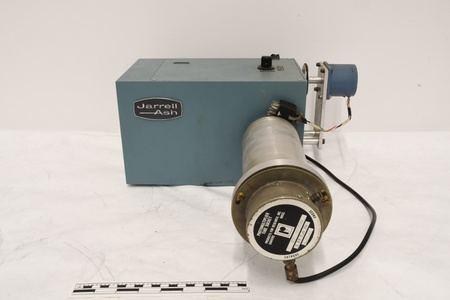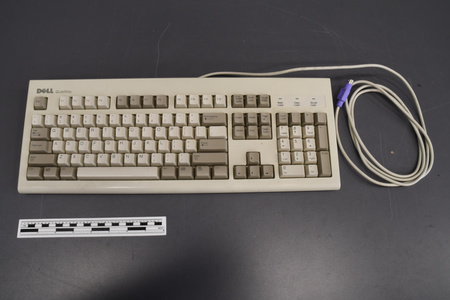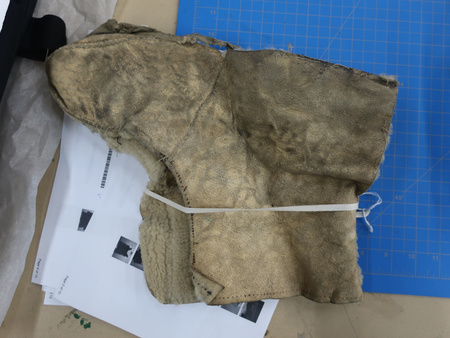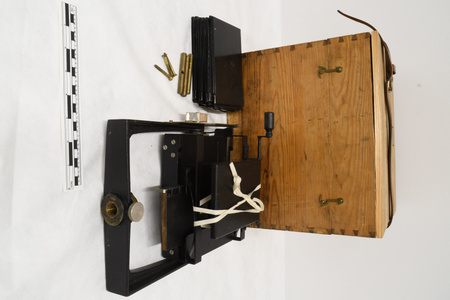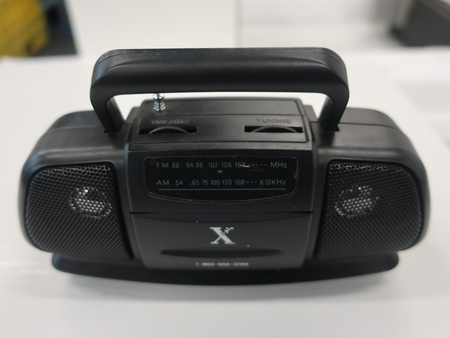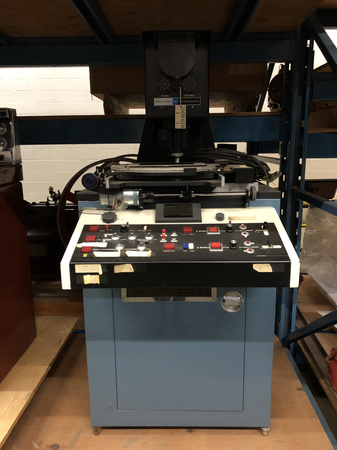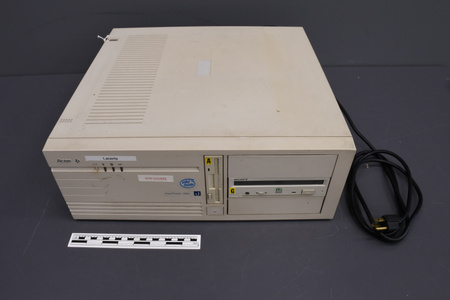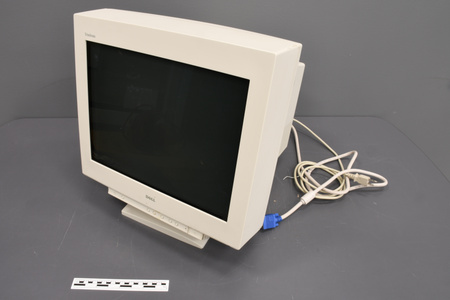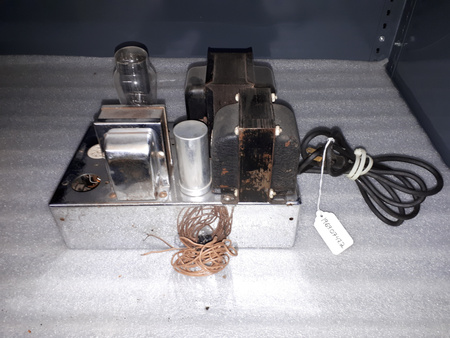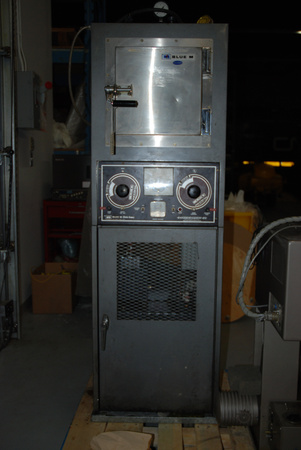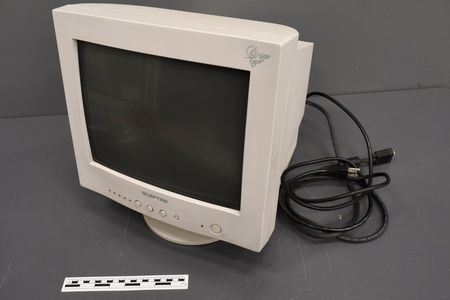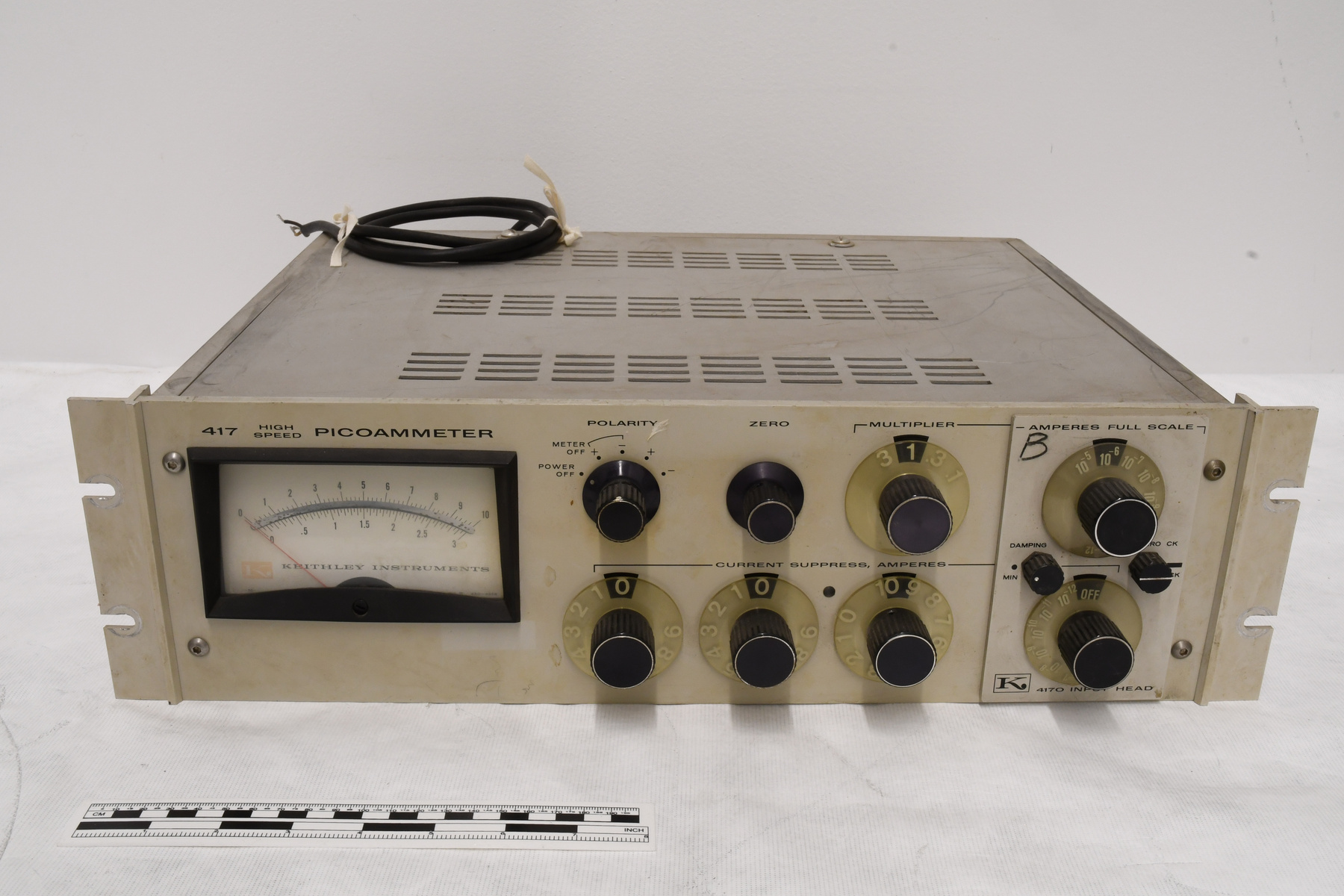Picoammeter
Utiliser cette image
Puis-je réutiliser cette image sans autorisation? Oui
Les images sur le portail de la collection d’Ingenium ont la licence Creative Commons suivante :
Copyright Ingenium / CC BY-NC-ND (Attribution-NonCommercial 4.0 International (CC BY-NC 4.0)
ATTRIBUER CETTE IMAGE
Ingenium,
2008.0208.001
Permalien:
Ingenium diffuse cette image sous le cadre de licence Creative Commons et encourage son téléchargement et sa réutilisation à des fins non commerciales. Veuillez mentionner Ingenium et citer le numéro de l’artefact.
TÉLÉCHARGER L’IMAGEACHETER CETTE IMAGE
Cette image peut être utilisée gratuitement pour des fins non commerciales.
Pour un usage commercial, veuillez consulter nos frais de reproduction et communiquer avec nous pour acheter l’image.
- TYPE D’OBJET
- S/O
- DATE
- 1966
- NUMÉRO DE L’ARTEFACT
- 2008.0208.001
- FABRICANT
- Keithley Instruments Inc.
- MODÈLE
- 417
- EMPLACEMENT
- Cleveland, Ohio, United States of America
Plus d’information
Renseignements généraux
- Nº de série
- 40264
- Nº de partie
- 1
- Nombre total de parties
- 1
- Ou
- S/O
- Brevets
- S/O
- Description générale
- Metal casing, controls and parts/ Synthetic meter casing, controls, carrying strap, feet, parts
Dimensions
Remarque : Cette information reflète la taille générale pour l’entreposage et ne représente pas nécessairement les véritables dimensions de l’objet.
- Longueur
- 48,5 cm
- Largeur
- 38,5 cm
- Hauteur
- 13,5 cm
- Épaisseur
- S/O
- Poids
- S/O
- Diamètre
- S/O
- Volume
- S/O
Lexique
- Groupe
- Communications
- Catégorie
- Équipement de service et d'essais
- Sous-catégorie
- S/O
Fabricant
- Ou
- Keithley
- Pays
- United States of America
- État/province
- Ohio
- Ville
- Cleveland
Contexte
- Pays
- Canada
- État/province
- Ontario
- Période
- mid 1960s +
- Canada
-
An instrument used at the David Dunlap Observatory at the University of Toronto, one of Canada's most important astronomical observatories. The David Dunlap Observatory opened in 1935 as the result of a bequest from the wife of David Dunlap. The telescope was a 74 inch (188 cm) reflector built by Grubb Parsons of Newcastle-upon-Tyne in England. The 74 inch was then the largest telescope in Canada (surpassing the 72 inch telescope of the Dominion Astrophysical Observatory in Victoria) and became the second largest in the world after the 100 inch Hooker Telescope of the Mt. Wilson Observatory outside Los Angeles. DDO's reputation grew and following WWII, it began to graduate most of the astronomers produced in Canada with University of Western Ontario far behind. Beginning in the 1960s a number of other astronomy departments were created but UofT/DDO held its place, a position it probably still holds. The DDO had a good technical staff which gave them an advantage and, with most of the 1940s to early 1970s top astronomers coming from UofT, grants from NRC and then ENSERC were almost guaranteed and allowed UofT's top astronomers -- Hogg, van den Berg, Fernie, Bolton, Kamper, Martin, etc. to acquire or build some of the best equipment available in university observatories. For optical observatories, only the DAO had technical staff and budgets that surpassed those of DDO. In 2007, citing increasing light pollution, the University of Toronto announced plans to sell the Observatory property. In June 2008, it was sold to Corsica Development Inc., a subsidiary of Metrus Development Inc. and the Observatory was closed. In 2009 the Observatory buildings and 80% of the site were designated a cultural heritage landscape. Also in 2009 Corsica and the Royal Astronomical Society of Canada, Toronto Centre announced an agreement allowing the RASC to provide public education and outreach programs at the observatory, and to operate the 188 cm telescope. - Fonction
-
Generally, an instrument for measuring low current, an ammeter with a scale which indicates current in picoamperes. This one was used with the photoelectric photometers of a telescope at an astronomical observatory. - Technique
-
One of a group of instruments used in the DDO Electronic Shop for calibration and testing of the Observatory's observational instruments. This one was used with photoelectric photometers at the telescope. It has a Keithley Input Head model 4170. Range: 10(-5) to 10-(12) amps (picoamp range). This type of picoammeter is useful for high-speed measurements of low-level currents generated by high-impedance sources such as photo-multipliers, high-speed mass spectrometers, ion chambers, ans flame and beta-ray ionization detectors. Other applications include transient current measurements, noise studies and flash filament testing. This example is identical to the Keithley model 416 picoammeter (2008.0209) except that the 417 has provides a suppression current at the input up to 1000 times full scale on most ranges. This permits a full-scale display of 0.1% variations of a signal or suppression of a steady background signal (Ref. 2). - Notes sur la région
-
Inconnu
Détails
- Marques
- Black lettering on picoammeter front reads '417 HIGH OUTPUT PICOAMMETER'/ Black lettering on input head casing reads '4170 INPUT HEAD'/ Label on back reads 'K [logo] 40264/ KEITHLEY INSTRUMENTS/ INC. CLEVELAND OHIO USA'/ Black lettering for control functions on front and back
- Manque
- Plug of electrical cord
- Fini
- Glossy grey painted casing front/ Metallic grey casing sides, top, back, underside/ Black meter casing with white face/ Black painted and brushed metal controls with colourless synthetic dials/ Black synthetic cords and parts/ Gold coloured connector
- Décoration
- Black 'K' logo on input head
FAIRE RÉFÉRENCE À CET OBJET
Si vous souhaitez publier de l’information sur cet objet de collection, veuillez indiquer ce qui suit :
Keithley Instruments Inc., Picoammeter, vers 1966, Numéro de l'artefact 2008.0208, Ingenium - Musées des sciences et de l'innovation du Canada, http://collection.ingenium.ca/fr/id/2008.0208.001/
RÉTROACTION
Envoyer une question ou un commentaire sur cet artefact.
Plus comme ceci

